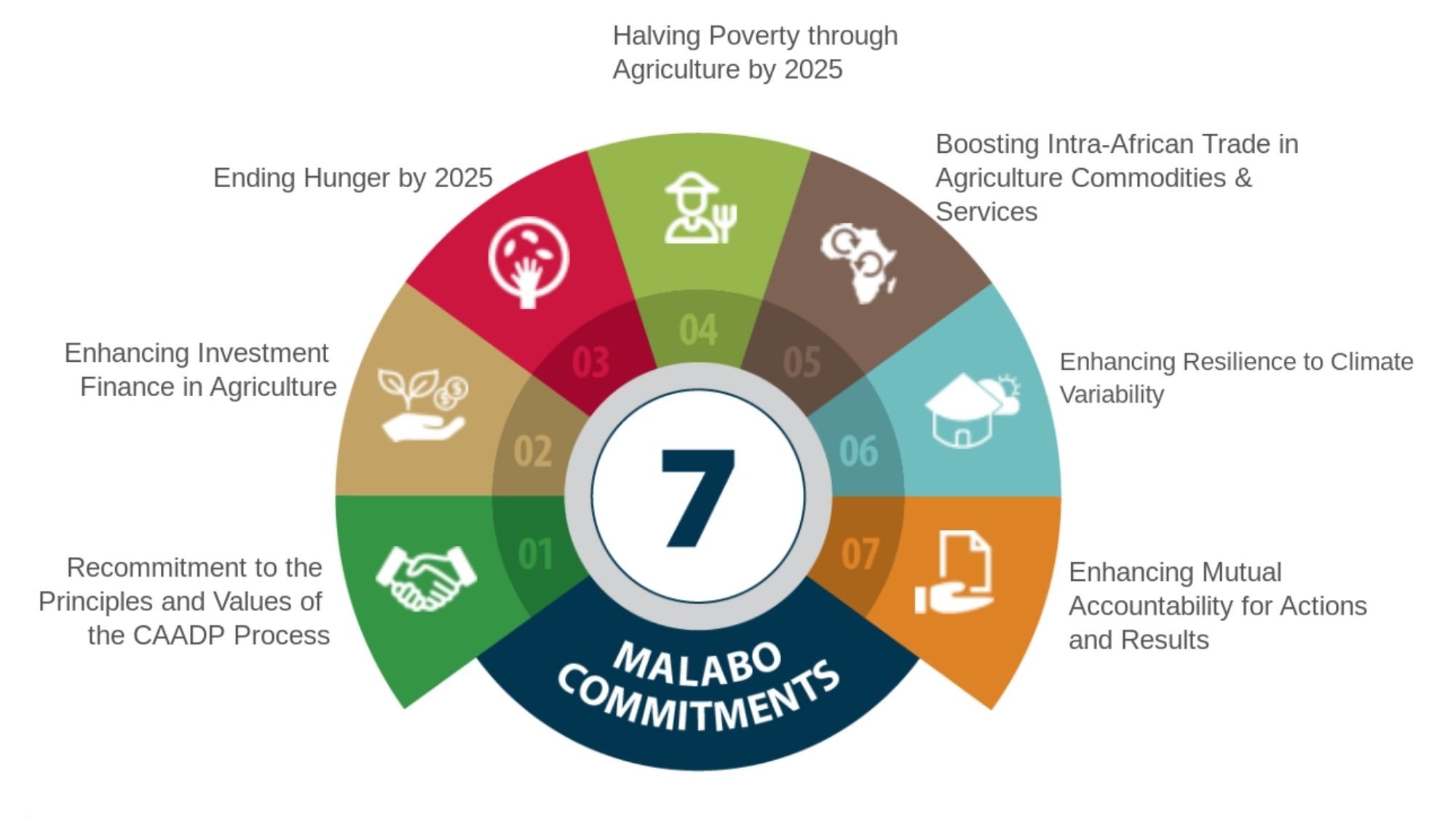When It Comes to Agricultural Development, the AU Means Business
The Comprehensive Africa Agriculture Development Programme, or CAADP, is as ambitious as it sounds. Led by the African Union (AU), the program seeks to make good on a series of commitments set out in the 2014 Malabo Declaration – including, by 2025, halving poverty and ending hunger across the continent.
Named after the capital of Equatorial Guinea where it was signed, the declaration also affirmed AU member states’ commitment to “mutual accountability,” a pledge that has been anchored in the CAADP Biennial Review. With the release of its third edition this week, the BR paints a mixed picture of progress toward the Malabo goals. But the data it contains also points to the kind of transparency that has been a hallmark of the CAADP process so far.
The CAADP business plan aims to enhance collaboration and propel AU member states’ last-mile push toward the Malabo commitments. USAID’s support for the plan is part of its sustained engagement with Africa’s agricultural policy champions.
Keeping Its Commitment
With that same commitment to mutual accountability, the African Union Commission (AUC), which oversees CAADP, is set to release a business plan that has its sights set on achieving the Malabo Declaration's ambitious targets – all with just three years left to go. The business plan is itself tied to one of the declaration’s commitments, which calls for strengthening the AUC’s capacity to deliver on CAADP goals.
So how did a program tackling the agricultural development of more than 1.2 billion people come up with a single business plan to guide its work? Part of the answer lies in a uniquely collaborative approach supported, in part, by USAID’s Policy LINK, a global program that works with public- and private-sector stakeholders across Africa and in Bangladesh to help them arrive at effective policy outcomes.
Sustained Engagement
The Malabo commitments include halving poverty and ending hunger across Africa.
With the AUC, which USAID has supported since CAADP’s inception in 2003, Policy LINK worked behind-the-scenes to ensure that inputs to the BR Report were gathered, validated, and published on-time. That collaboration, building on earlier support by previous USAID projects, earned the trust of CAADP’s broad range of stakeholders, positioning Policy LINK to play a facilitative role in the development of the program’s business plan.
Working with the AUC and African Union Development Agency (AUDA-NEPAD), Policy LINK organized nine workshops over six months with representatives of key AUC agencies, AU Member States, civil society organizations, the private sector, academia, and think tanks. The process, which included “write-shops” aimed at forging consensus among the diverse group, eventually culminated in a 19-page plan that details practical actions – like focusing on seven program areas and establishing a new CAADP Advisory and Coordinating Committees – to enhance collaboration and propel AU member states’ last-mile push toward the Malabo targets.
The CAADP Business Plan 2022-2026 was endorsed by the AUC’s Specialized Technical Committee on Agriculture, Rural Development, Water and Environment in late 2021 and is set to be formally launched on March 10 during a public webinar event to share results from the 3rd Biennial Review Report.
Resources
Check out the CAADP Biennial Review Toolkit
Read “Countdown to 2025: Recommitting to Goals for Agricultural Growth in Malabo”
Read Policy LINK’s Learning Brief on the Biennial Review process [PDF]


